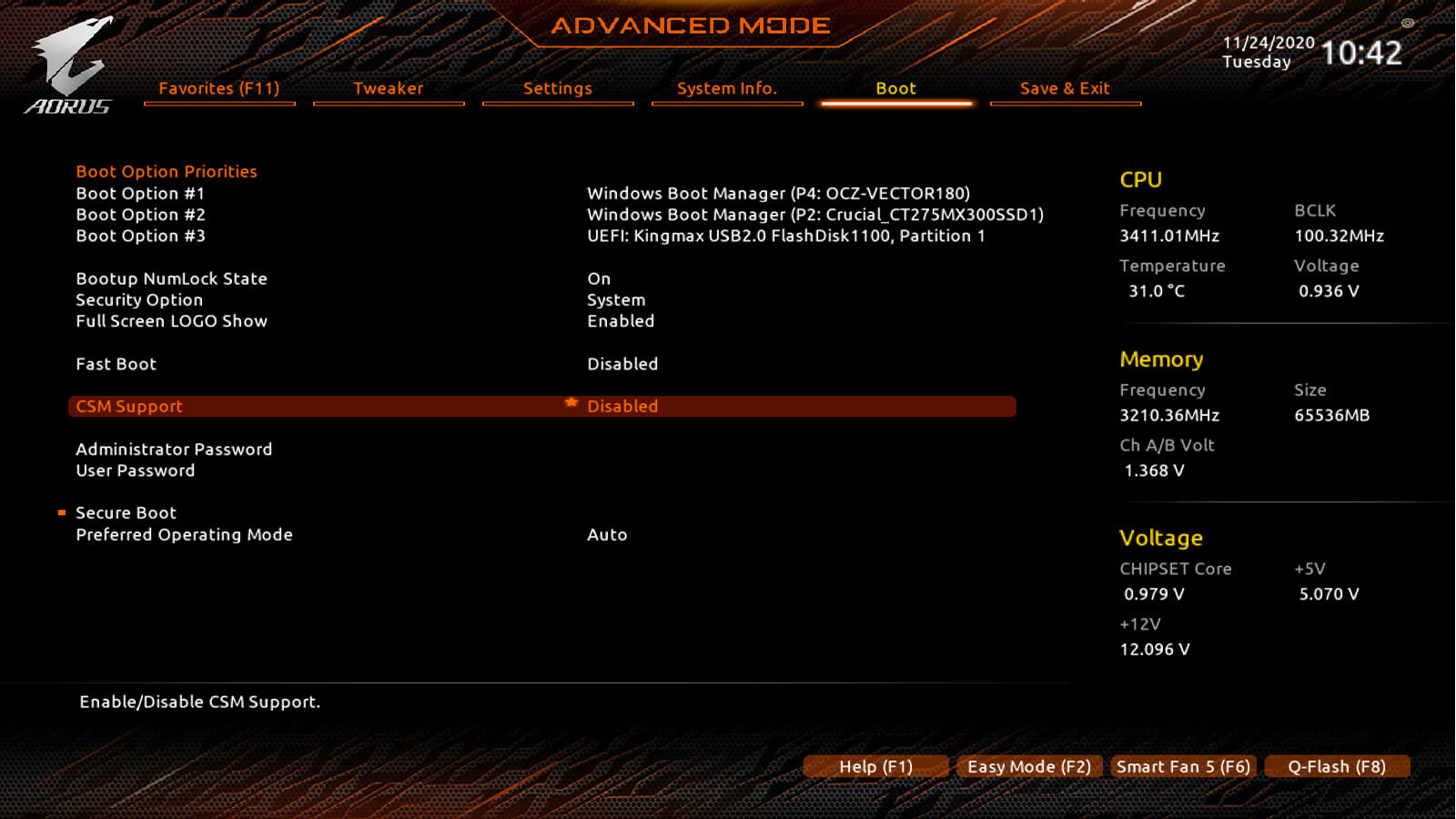
How to Enter BIOS on a Gigabyte Motherboard: A Comprehensive Guide
Are you looking to access the BIOS settings on your Gigabyte motherboard but unsure where to start? Look no further! In this article, we will provide you with a step-by-step guide on how to enter the BIOS on your Gigabyte motherboard. Whether you need to update your system, tweak hardware settings, or perform other crucial tasks, understanding how to access the BIOS is essential. So, let’s dive into the details and get you on your way to accessing the BIOS on your Gigabyte motherboard.
Before we proceed, it’s important to understand that the process of entering the BIOS may vary slightly depending on the specific model of your Gigabyte motherboard. However, the general principles and steps we outline here should apply to most Gigabyte motherboards. Now, let’s get started!
1. Power On Your Computer and Access BIOS Setup
In this section, we will guide you through the initial steps of powering on your computer and accessing the BIOS setup. We will cover the various methods you can use to enter the BIOS and explain how to navigate through the BIOS interface effectively.
2. Accessing BIOS with Del or F2 Key
If you have a Gigabyte motherboard, the most common method to enter the BIOS is by pressing either the Del or F2 key during the boot process. In this section, we will explain how to use these keys and provide troubleshooting tips if you encounter any issues.
3. Accessing BIOS with Gigabyte App Center
Gigabyte provides a convenient software tool called App Center, which allows you to access the BIOS settings directly from your operating system. In this section, we will guide you through the steps to access the BIOS using the Gigabyte App Center.
4. BIOS Entry with Fast Boot Enabled
If you have enabled the Fast Boot option in your BIOS settings, you may find it challenging to access the BIOS using the traditional methods. We will explain how to overcome this hurdle and enter the BIOS with Fast Boot enabled.
5. BIOS Entry with UEFI DualBIOS
Gigabyte motherboards often feature the UEFI DualBIOS system, which provides an additional layer of protection. In this section, we will explain how to enter the BIOS when using the UEFI DualBIOS feature.
6. BIOS Navigation and Settings Overview
Once you have successfully entered the BIOS, it’s crucial to understand how to navigate through the interface and make changes to the various settings. We will provide an overview of the BIOS menu and explain the commonly used settings.
7. Updating BIOS Firmware
Regularly updating your BIOS firmware is essential for optimal system performance and compatibility. In this section, we will guide you through the process of updating the BIOS firmware on your Gigabyte motherboard to ensure you have the latest version.
8. Troubleshooting BIOS Access Issues
If you encounter any difficulties accessing the BIOS on your Gigabyte motherboard, don’t worry! We will help you troubleshoot common issues such as keyboard recognition problems, incorrect BIOS settings, or firmware-related obstacles.
9. Important Considerations and Best Practices
While accessing the BIOS is relatively straightforward, there are important considerations and best practices to keep in mind. We will discuss precautions, tips, and recommendations to ensure a smooth BIOS experience without any unintended consequences.
10. BIOS vs. UEFI: Understanding the Differences
Lastly, we will provide a brief explanation of the key differences between BIOS (Basic Input/Output System) and UEFI (Unified Extensible Firmware Interface). Understanding these distinctions will give you a better grasp of the underlying technology and help you make informed decisions regarding your Gigabyte motherboard settings.
In conclusion, accessing the BIOS on your Gigabyte motherboard is an essential skill for any computer user. Whether you need to tweak settings, update firmware, or troubleshoot issues, the ability to enter the BIOS is a fundamental step. By following the comprehensive guide we have provided, you will gain the knowledge and confidence to navigate through the BIOS interface and make the necessary adjustments. Happy BIOS exploring!